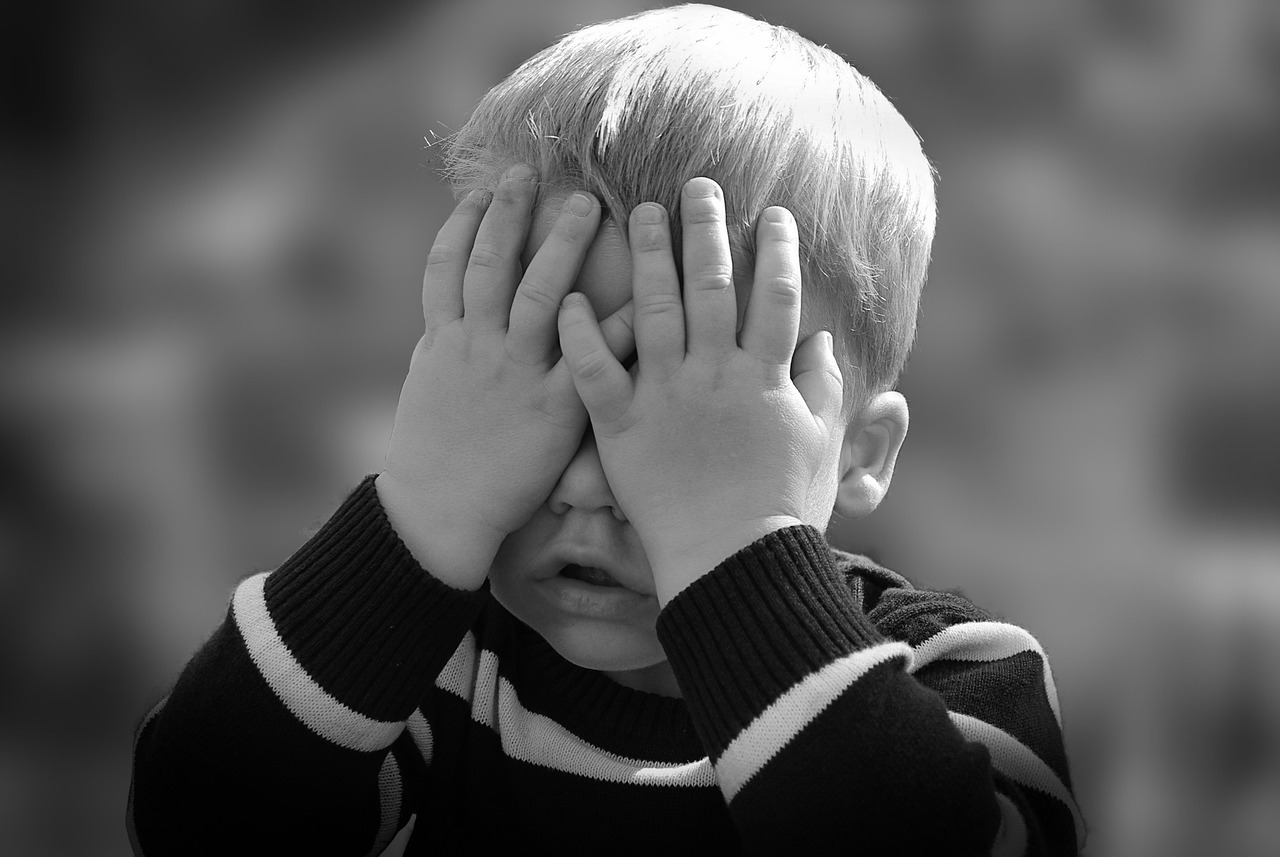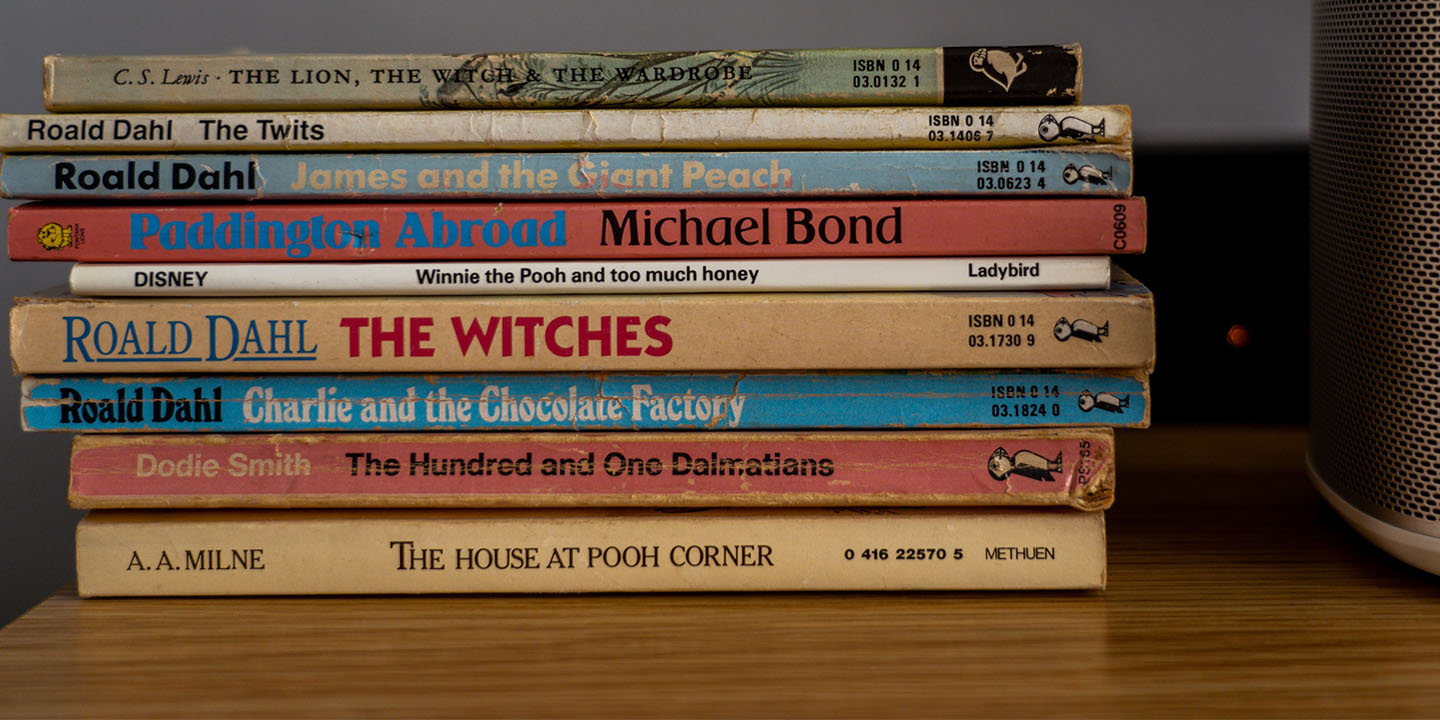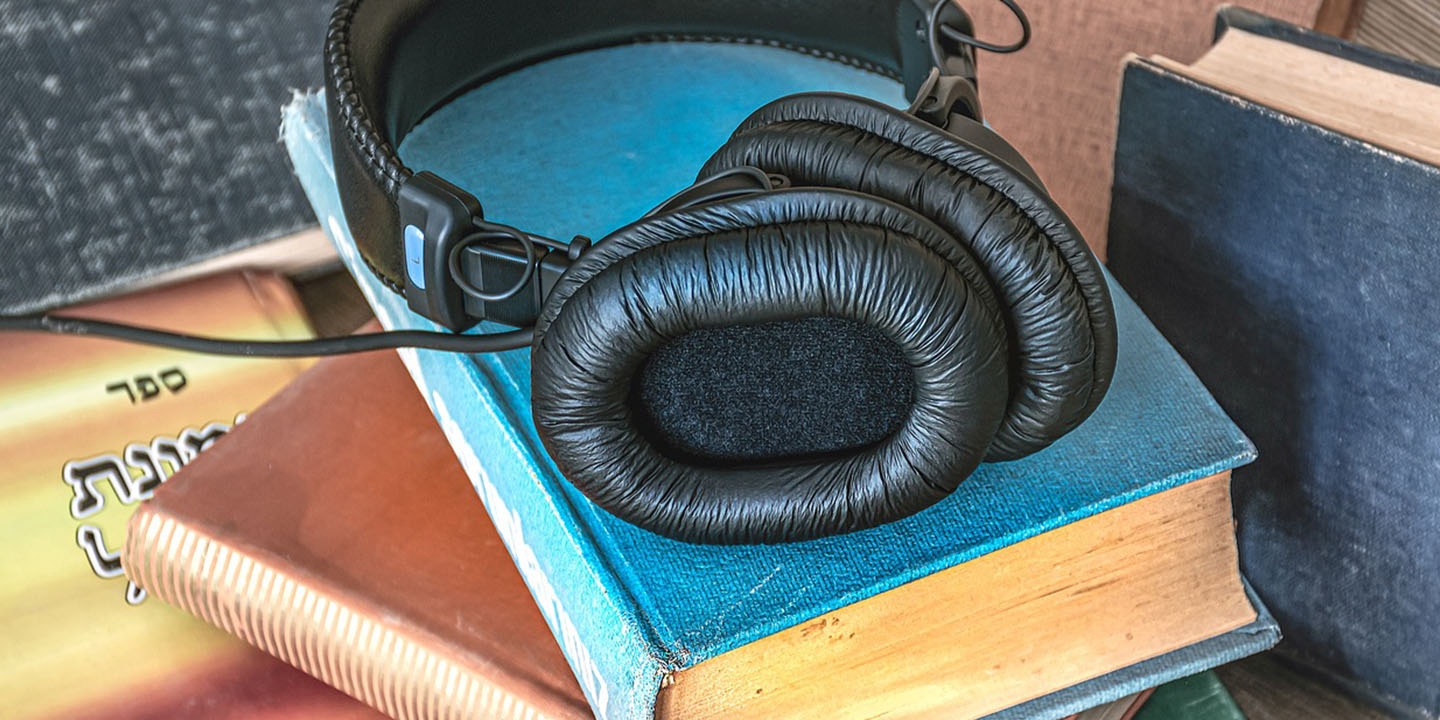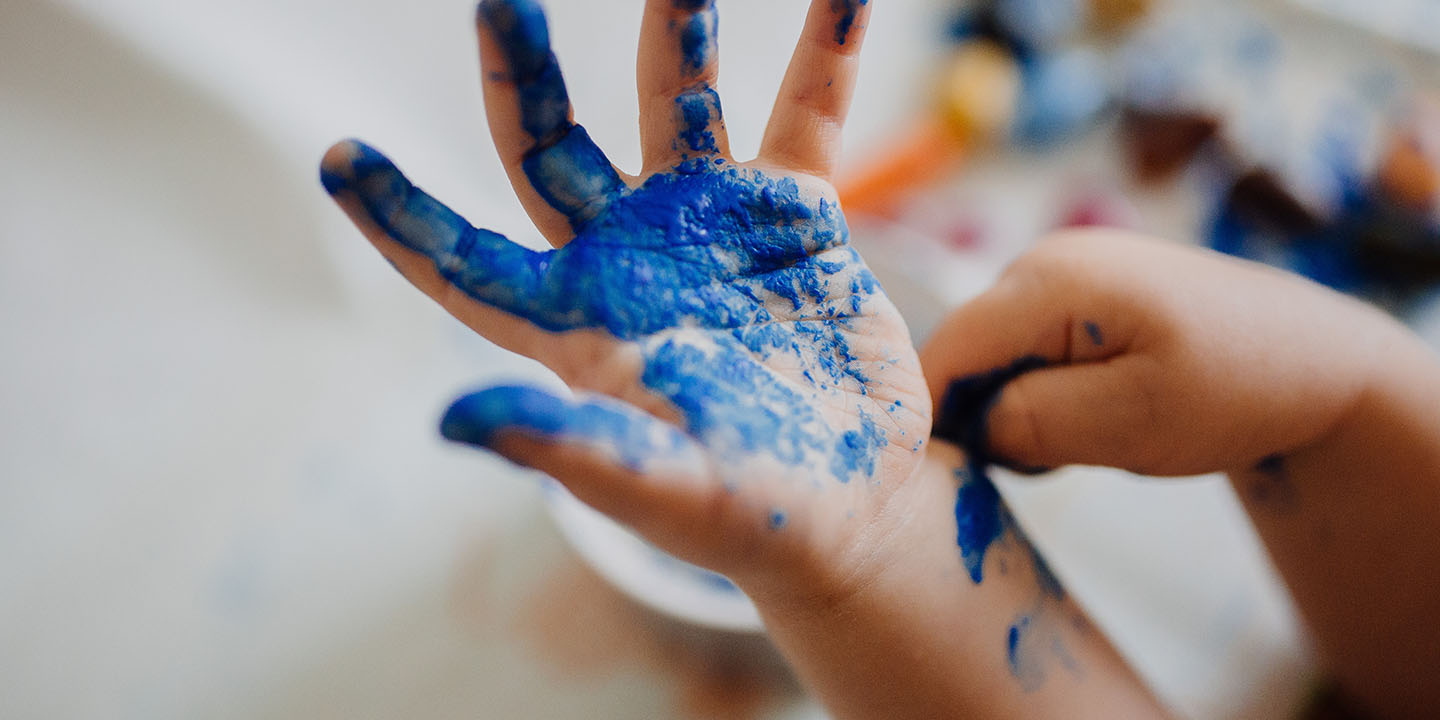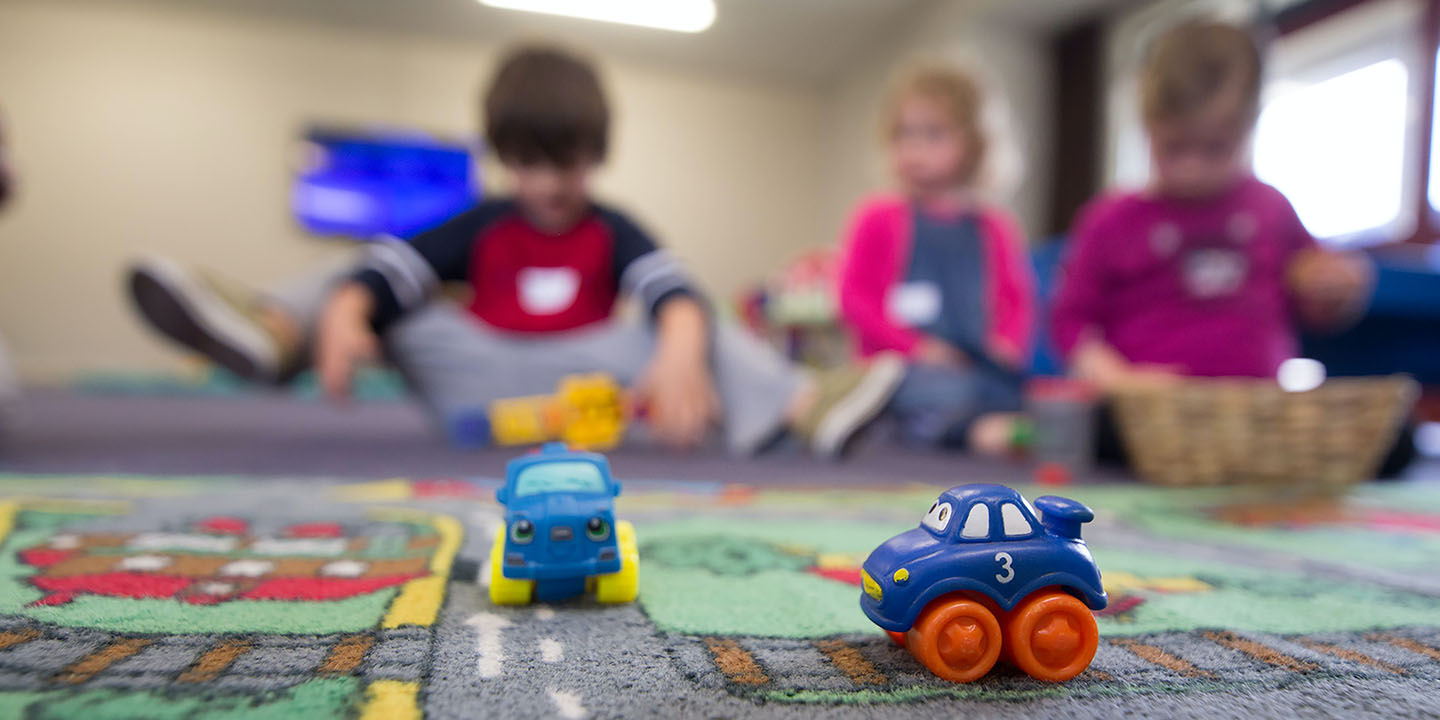What was considered normal back then might now be viewed through a lens of disbelief or even horror. From bizarre health remedies to strict disciplinary methods, parents in the 20th century had a vastly different playbook from what most would consider acceptable today.
1. Using Morphine for Teething
Parents would often use morphine-based syrups to soothe their teething babies. This dangerous practice was widespread due to the lack of regulations on medicines. Advertisements boasted about the syrups' effectiveness, blissfully ignoring the addictive and life-threatening side effects.
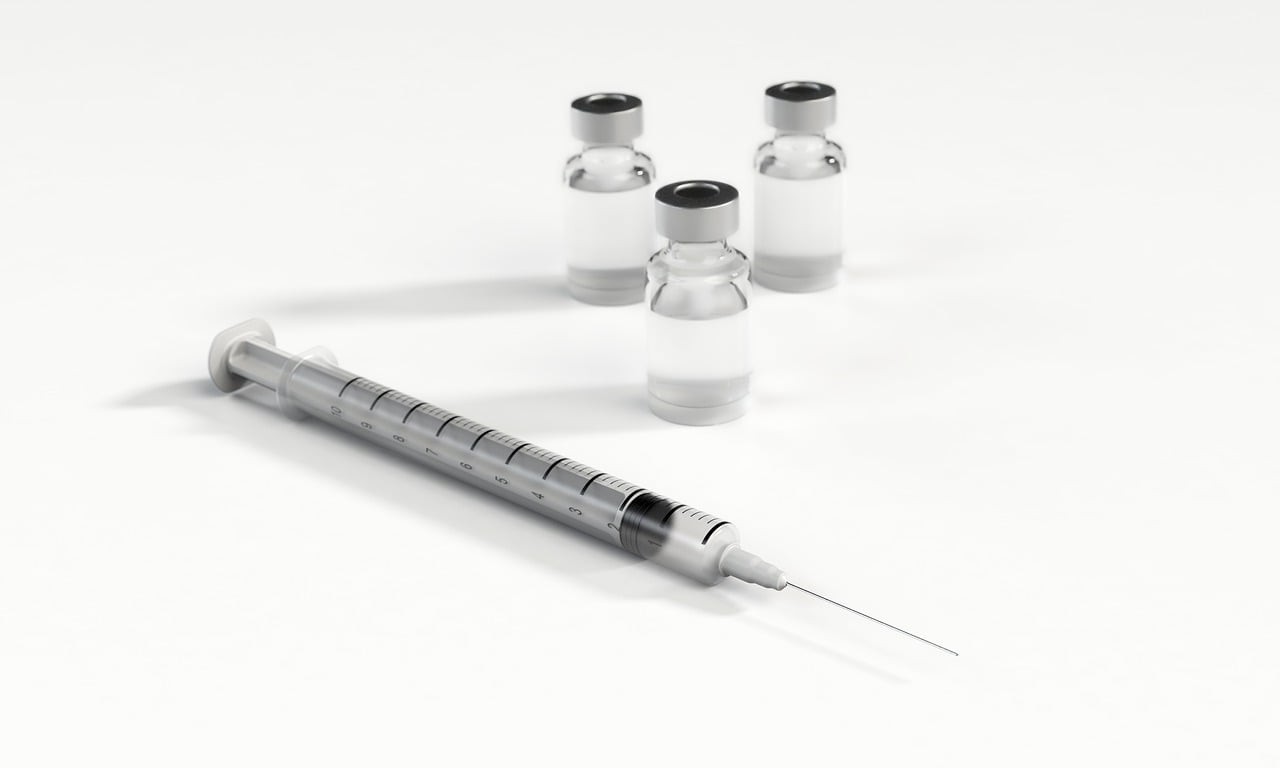 Image by Arek Socha from Pixabay
Image by Arek Socha from Pixabay
2. Sending Children Through Mail
In the early 1900s, it was legal—and not uncommon—to send young children through the postal service. Parents would pay the postage, and postal workers would deliver the children to their destination. This practice was eventually outlawed, but it highlights the era's different attitudes toward child safety and transportation.
 Photo by Joel Moysuh on Unsplash
Photo by Joel Moysuh on Unsplash
3. Radioactive Quackery
Radiation was seen as a cure-all for a plethora of ailments, including those of children. Parents would buy radioactive health products, from toothpaste to blankets, believing they were beneficial. The long-term health effects were devastating, underlining the dangers of unproven health fads.
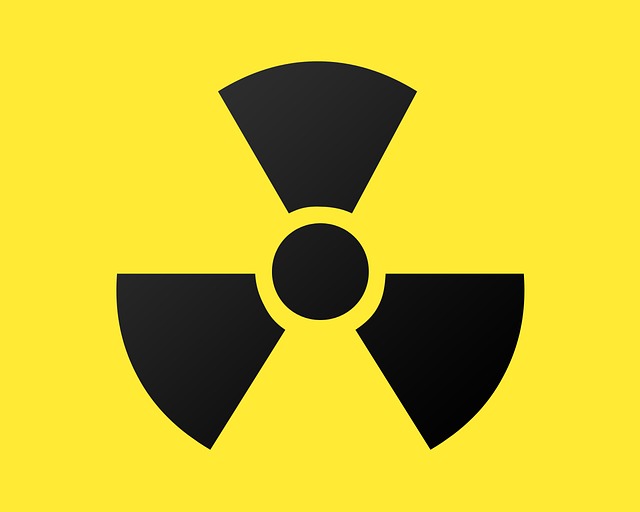 Image by PublicDomainPictures from Pixabay
Image by PublicDomainPictures from Pixabay
4. Baby Cages for Fresh Air
In the 1900s, baby cages were attached to apartment windows to ensure children got enough fresh air and sunlight. This was particularly popular in crowded cities. The cages hung precariously over the sidewalk, several stories high, which is a frightening thought by today's standards.
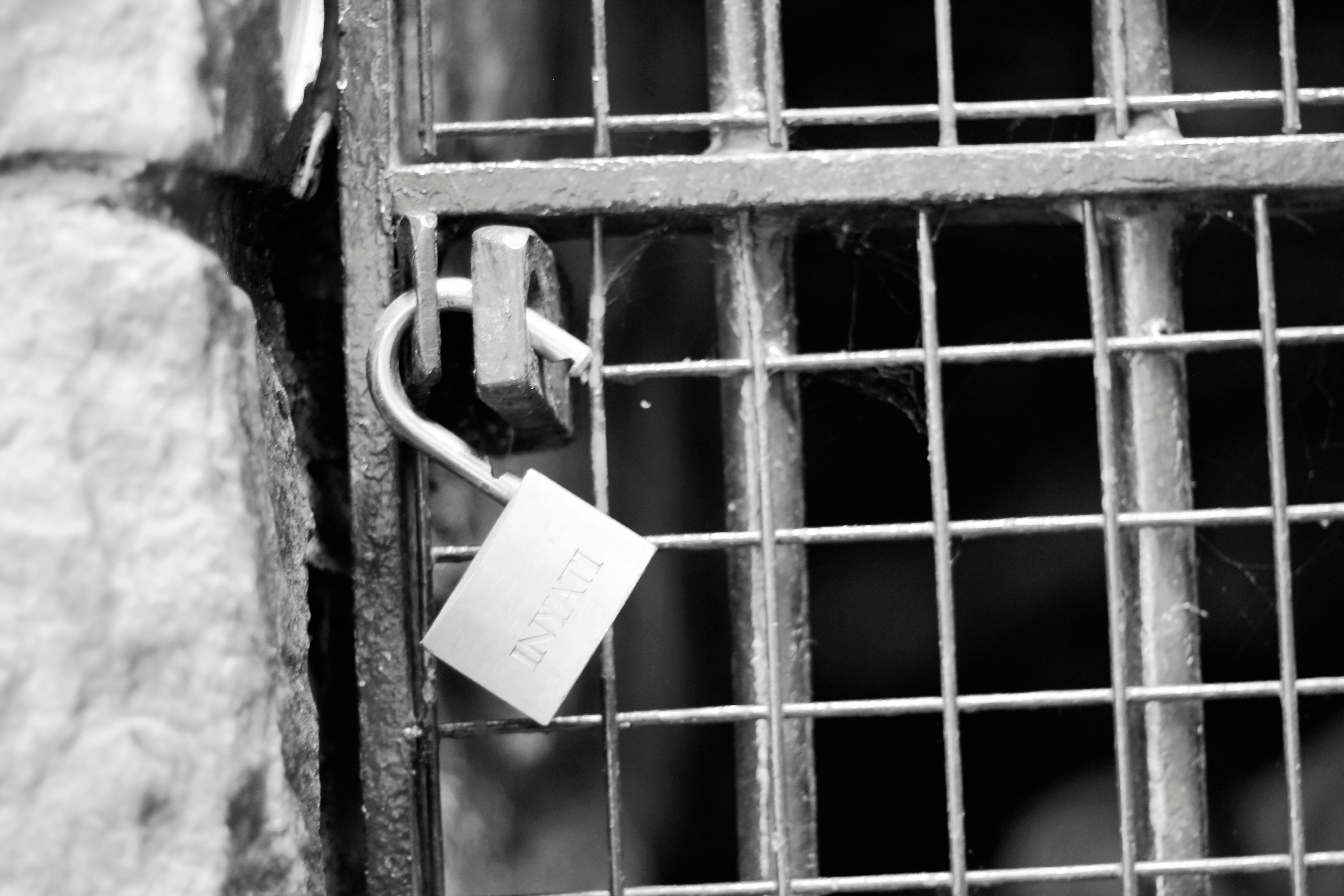 Photo by Hennie Stander on Unsplash
Photo by Hennie Stander on Unsplash
5. Cocaine for Toothaches
Cocaine drops were marketed for children suffering from toothaches. The numbing effect was immediate, making it a popular remedy. Unfortunately, the highly addictive nature of cocaine and its harmful effects were grossly underestimated.
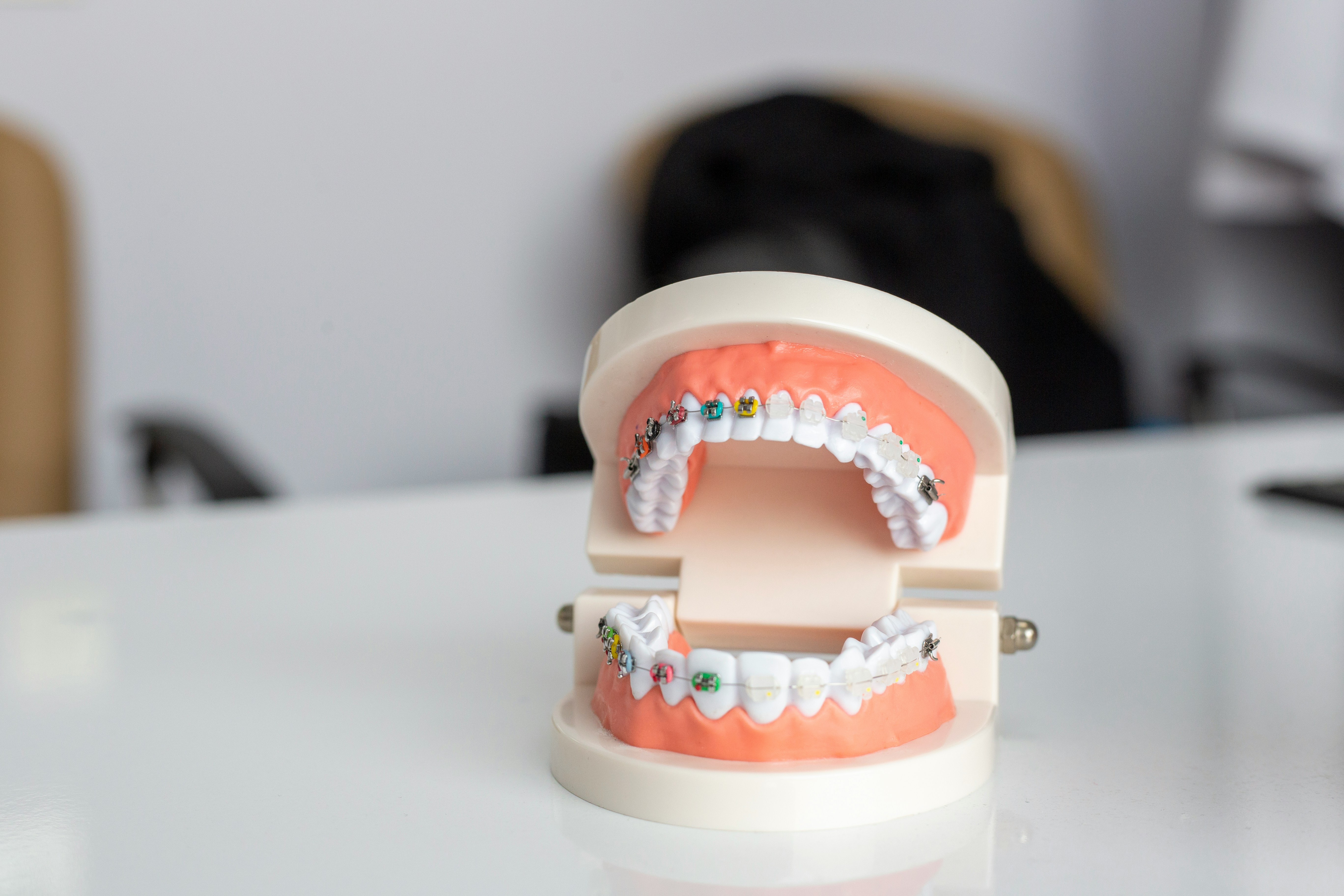 Photo by Enis Yavuz on Unsplash
Photo by Enis Yavuz on Unsplash
6. Lobotomies for Misbehavior
In extreme cases of perceived misbehavior or mental illness, some parents resorted to lobotomies for their children. This brutal procedure often resulted in severe cognitive and emotional impairment. It's a dark chapter in the history of mental health treatment.
 Photo by JC Gellidon on Unsplash
Photo by JC Gellidon on Unsplash
7. Smoking at an Early Age
Smoking was not only accepted but encouraged in some circles. Parents would allow, and sometimes encourage, their children to smoke, believing it was sophisticated or could prevent other health issues. The widespread ignorance regarding smoking's health risks is shocking today.
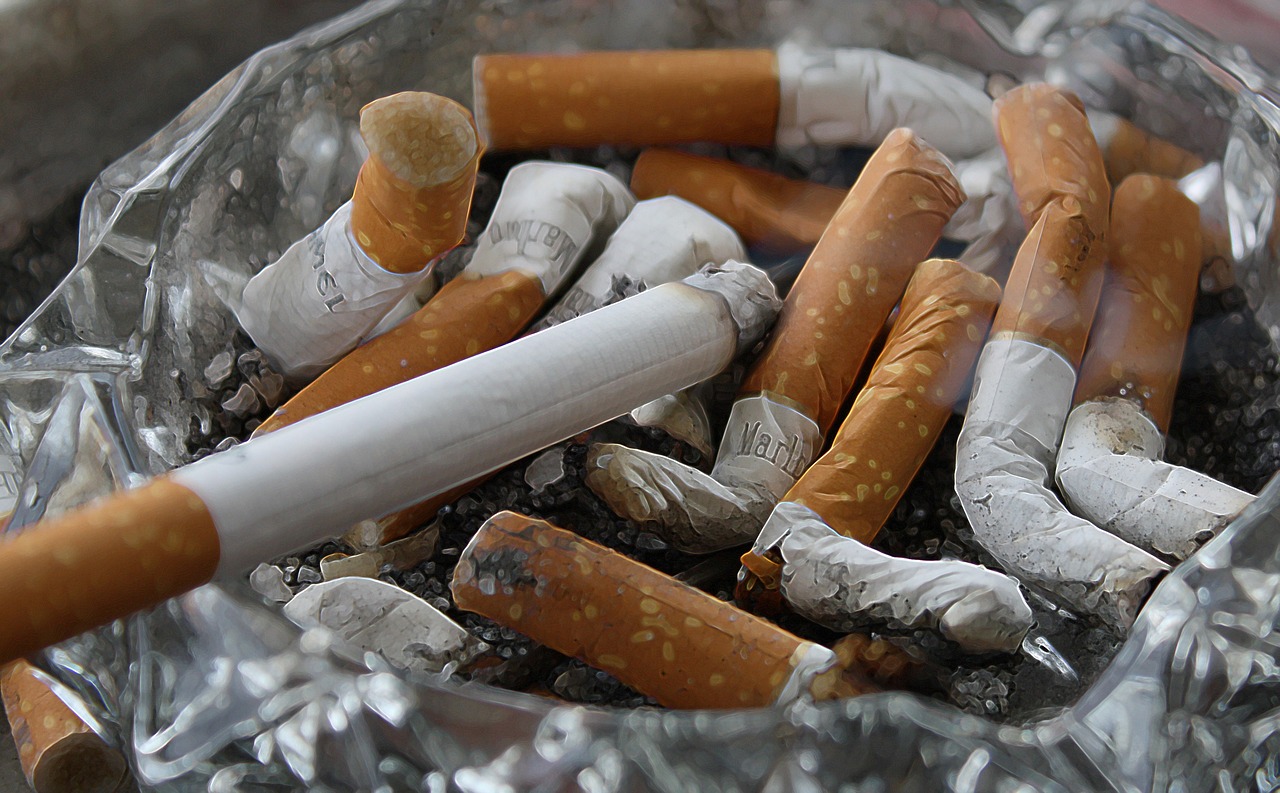 Image by Gerd Altmann from Pixabay
Image by Gerd Altmann from Pixabay
8. Strict Silence at Dinner
In many households, children were seen and not heard, especially at dinner. This rule enforced a strict silence among children during meals, stifling communication and expression. It reflects the authoritarian parenting style of the time.
 Image by Jill Wellington from Pixabay
Image by Jill Wellington from Pixabay
9. Corsets for Toddlers
To ensure proper posture and a desirable silhouette, toddlers were sometimes put in corsets. This practice restricted movement and could cause physical harm, reflecting the era's beauty standards over health concerns.
 Image by anna_bendikova from Pixabay
Image by anna_bendikova from Pixabay
10. Arsenic for Complexion
Parents would use arsenic wafers to improve their children's complexion. The toxic effects of arsenic were downplayed for the sake of beauty, showcasing the dangerous lengths gone for appearance.
 Image by skalekar1992 from Pixabay
Image by skalekar1992 from Pixabay
11. Tapeworms for Weight Loss
Some parents gave their children tapeworms to maintain or achieve a desired weight. This hazardous method was as dangerous as it sounds, risking the child's health for the sake of slimness.
12. Heroic Medicine
The practice of "heroic medicine" involved using extreme measures to treat illnesses, such as bloodletting or purging. Parents adhered to these practices, believing in their efficacy, often causing more harm than good.
 Image by Esi Grünhagen from Pixabay
Image by Esi Grünhagen from Pixabay
13. Boarding Schools for Discipline
Sending children to harsh boarding schools was a common method to instill discipline. The conditions in some of these institutions were brutal, prioritizing obedience over emotional and physical well-being.
 Image by Igor Ovsyannykov from Pixabay
Image by Igor Ovsyannykov from Pixabay
14. Child Labour
Children were often expected to work, sometimes in dangerous or unhealthy conditions, to contribute to the family's income. This practice robbed many children of their childhoods and education.
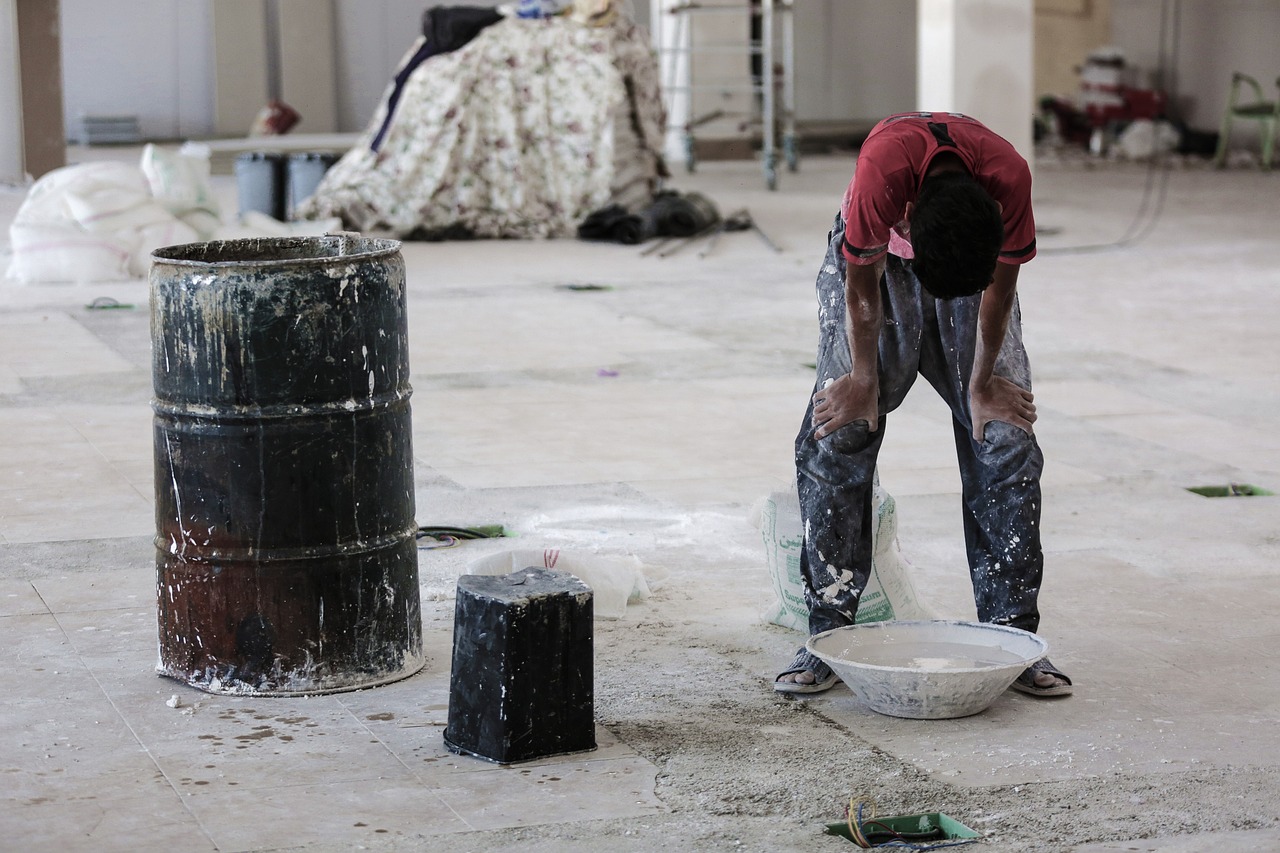 Image by Alireza Leyli from Pixabay
Image by Alireza Leyli from Pixabay
15. Forced Left-Handedness Reversal
Left-handed children were often forced to use their right hand for writing and other activities. This practice was based on superstition and misunderstanding, causing unnecessary struggle and stigma.
16. Open Air Schools
To combat tuberculosis and other diseases, open-air schools were established, where children learned outdoors year-round. While the intention was good, the execution sometimes meant children were exposed to harsh weather conditions.
 Image by WOKANDAPIX from Pixabay
Image by WOKANDAPIX from Pixabay
17. Exposure to Harsh Elements
Believing in a "toughening up" philosophy, some parents exposed their children to cold water and harsh weather without proper clothing. This misguided approach to building resilience often led to illness.
 Image by Захари Минчев from Pixabay
Image by Захари Минчев from Pixabay
18. Manual Labour as Punishment
As a form of punishment, children were often assigned heavy manual labour. This could include tasks far beyond their physical capabilities, emphasizing punishment over teaching responsibility.
 Image by RENE RAUSCHENBERGER from Pixabay
Image by RENE RAUSCHENBERGER from Pixabay
19. Ether for Anesthesia
Before more refined anesthetics were available, ether was commonly used, even for children. Its use was not without risk, including nausea, vomiting, and respiratory complications.
 Image by Thomas G. from Pixabay
Image by Thomas G. from Pixabay
20. No Pain Relief for Newborns
It was once believed that newborns could not feel pain the way adults do, so surgeries were sometimes performed without adequate pain relief. This barbaric assumption has thankfully been debunked.
21. Public Humiliation
Public humiliation was used as a disciplinary tactic, believing it would deter bad behavior. Children might be made to wear signs detailing their misdeeds, damaging their self-esteem and social relationships.
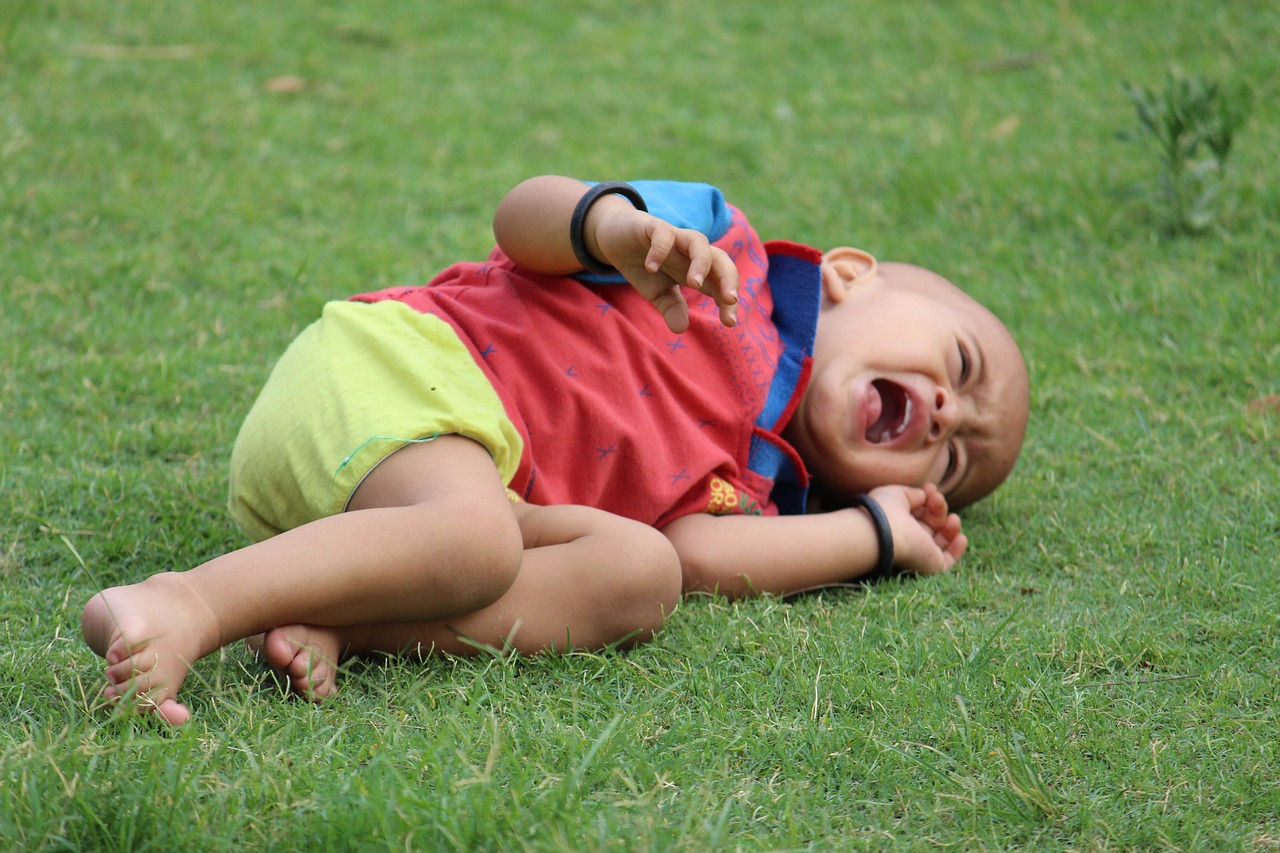 Image by Amarpreet Singh from Pixabay
Image by Amarpreet Singh from Pixabay
22. Ignoring Emotional Needs
Children's emotional needs were often ignored, with a focus on physical survival and obedience. This lack of emotional support has long-term effects on mental health and well-being.
 Image by Ben Kerckx from Pixabay
Image by Ben Kerckx from Pixabay
23. Chastity Belts
In some extreme cases, chastity belts were used to control adolescents, reflecting the era's oppressive attitudes toward the autonomy of young people.
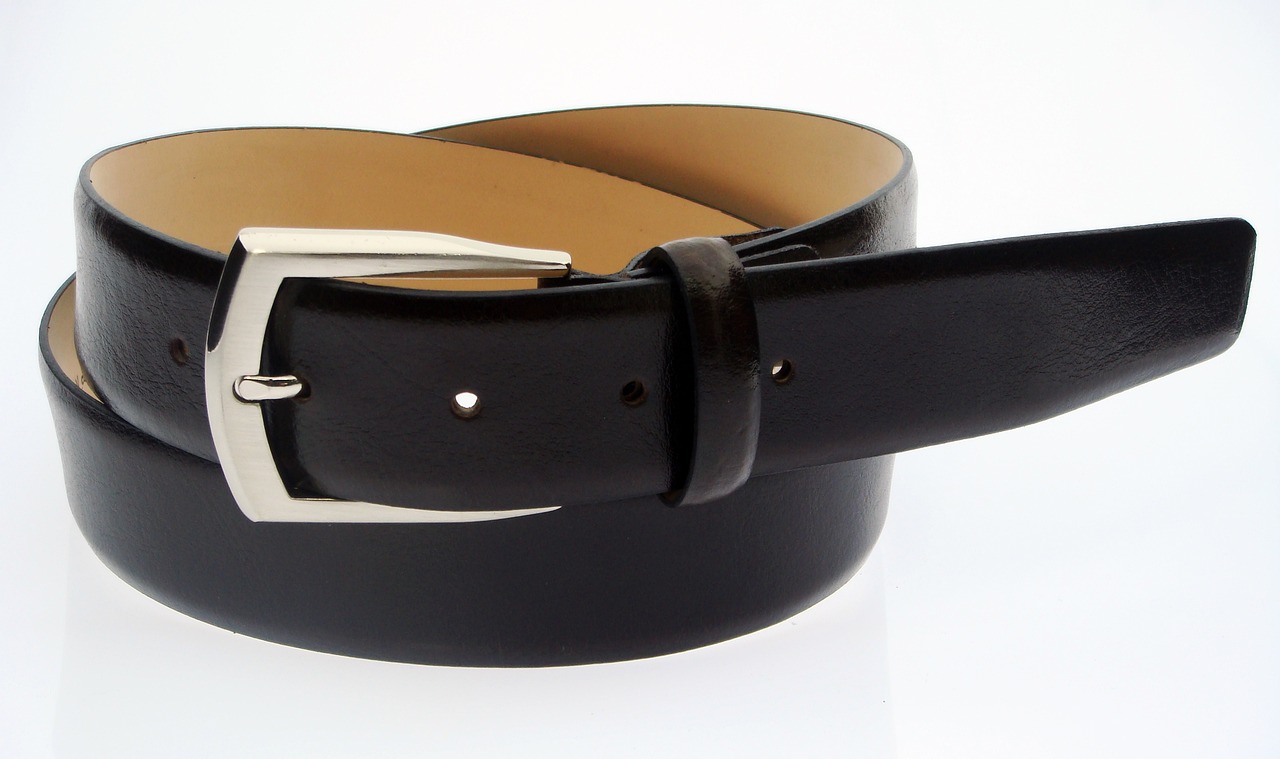 Image by cyril chanson from Pixabay
Image by cyril chanson from Pixabay
24. Selling Children
In times of extreme poverty or desperation, some parents sold their children. This heart-wrenching decision reflects the dire circumstances some families faced.
25. Beauty Pageants for Babies
Baby beauty pageants were popular, emphasizing physical appearance over childhood innocence. This early exposure to beauty standards could have lasting impacts on self-esteem and body image.
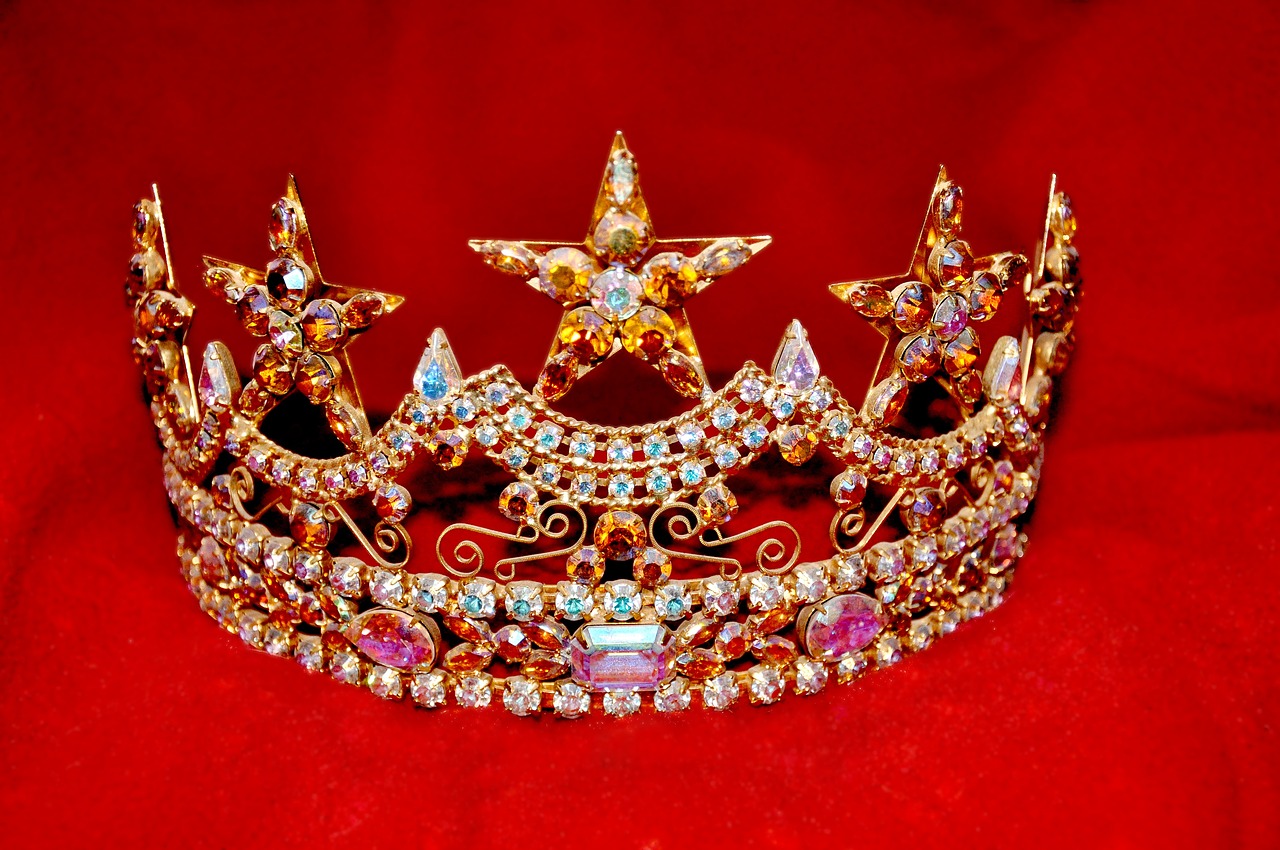 Image by lorilynnoliver from Pixabay
Image by lorilynnoliver from Pixabay


